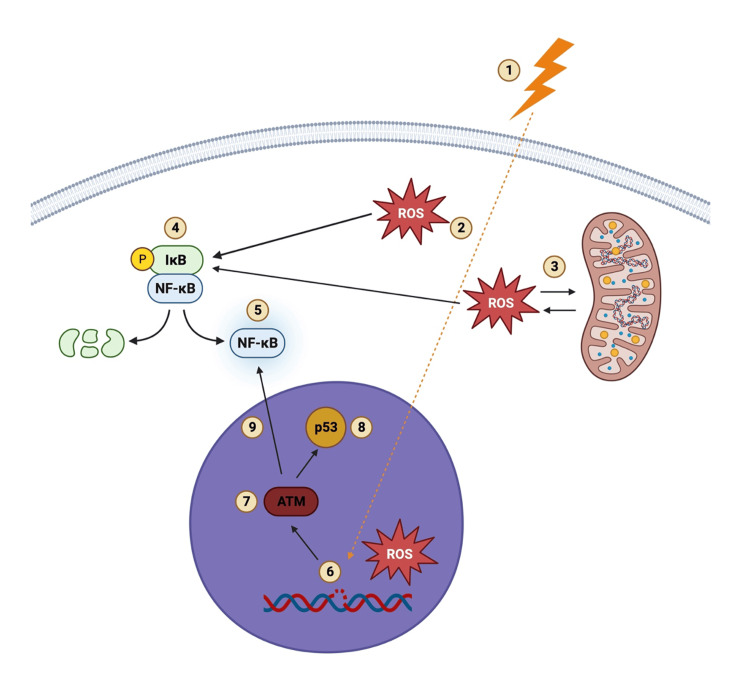Figure 4. Mechanism of radiation-induced endothelial cell damage.
(1) Ionizing particles penetrate healthy cells which leads to (2) the formation of ROS in the cytoplasm. (3) ROS in the cytoplasm induces ROS release from the mitochondria, and (4) the increased cytoplasmic ROS leads to the phosphorylation and inactivation of IκB-α, which results in (5) NF-κB activation. (6) In the nucleus, the formation of ROS and ssDNA breaks lead to (7) the activation of ATM and ATR (ATM and Rad3-related protein kinases) and (8) p53 activation which also results in (9) NF-κB activation [13,14,15].
ROS, reactive oxygen species; IκB-α, NF-κB inhibitor alpha; NF-κB, nuclear factor kappa B; ATM, ataxia telangiectasia mutated kinase; ssDNA, single-stranded DNA.
Image credits: Created by the author using BioRender software (BioRender, Toronto)

